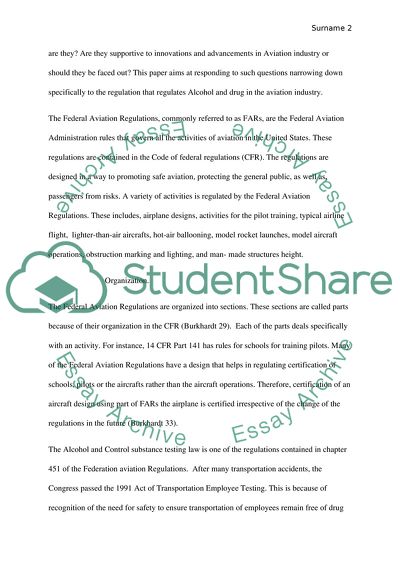Cite this document
(Federal Aviation Regulations Essay Example | Topics and Well Written Essays - 1500 words, n.d.)
Federal Aviation Regulations Essay Example | Topics and Well Written Essays - 1500 words. https://studentshare.org/law/1772249-federal-aviation-regulations
Federal Aviation Regulations Essay Example | Topics and Well Written Essays - 1500 words. https://studentshare.org/law/1772249-federal-aviation-regulations
(Federal Aviation Regulations Essay Example | Topics and Well Written Essays - 1500 Words)
Federal Aviation Regulations Essay Example | Topics and Well Written Essays - 1500 Words. https://studentshare.org/law/1772249-federal-aviation-regulations.
Federal Aviation Regulations Essay Example | Topics and Well Written Essays - 1500 Words. https://studentshare.org/law/1772249-federal-aviation-regulations.
“Federal Aviation Regulations Essay Example | Topics and Well Written Essays - 1500 Words”. https://studentshare.org/law/1772249-federal-aviation-regulations.


